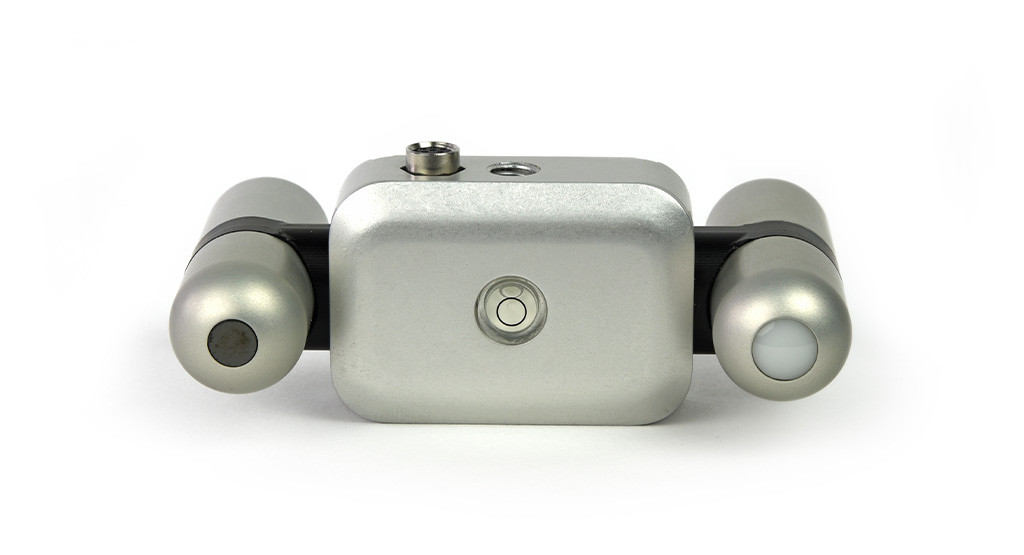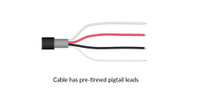Apogee Instruments' new four-component net radiometer provides individual measurement of net radiation components. The sensor features an SDI-12 output, eliminating the need for multiple analog channels to measure the individual components of net radiation. The net radiometer comes as a complete package that includes net radiometer, mounting rod, pigtail lead cable for datalogger interface, and carrying case.
Onboard A/D Conversion and SDI-12 Output
Apogee net radiometers feature onboard A/D conversion and SDI-12 output to eliminate the requirement of multiple analog datalogger channels.
Four-component Net Radiometer
An upward-looking and downward-looking pyranometer, and an upward-looking and downward-looking pyrgeometer provide separate measurements of the four components of net radiation.
Individually Heated Radiometers
Each radiometer includes an individual heater to increase accuracy by minimizing the influence of dew/frost on the filter.
Compact and Light Weight
Designed to be light weight and small in size to facilitate easy mounting.
FOR MORE PRODUCT INFORMATION, CHECK OUT THESE LINKS
MORE INFORMATION ON APOGEE NET RADIOMETERS >> click here























